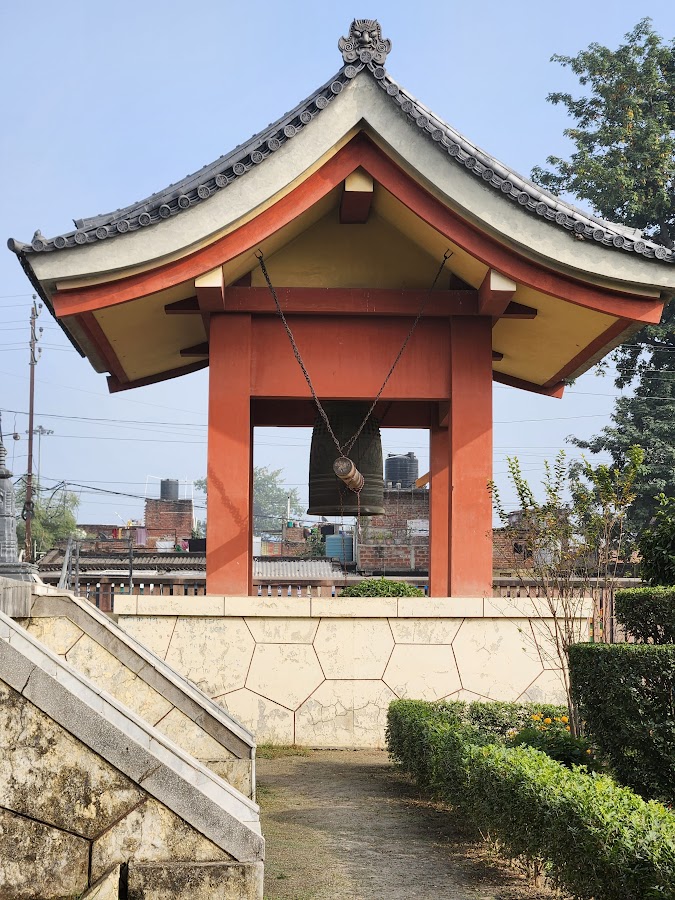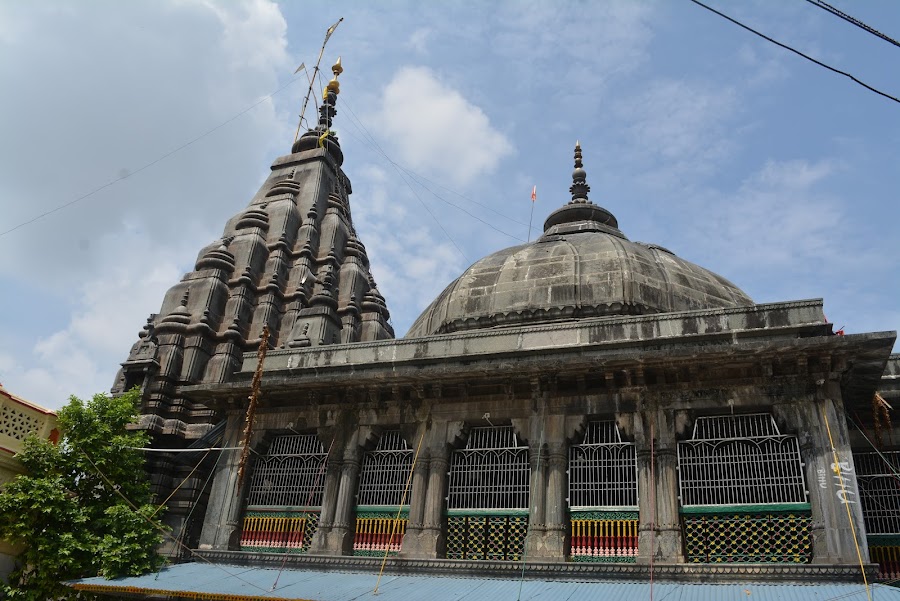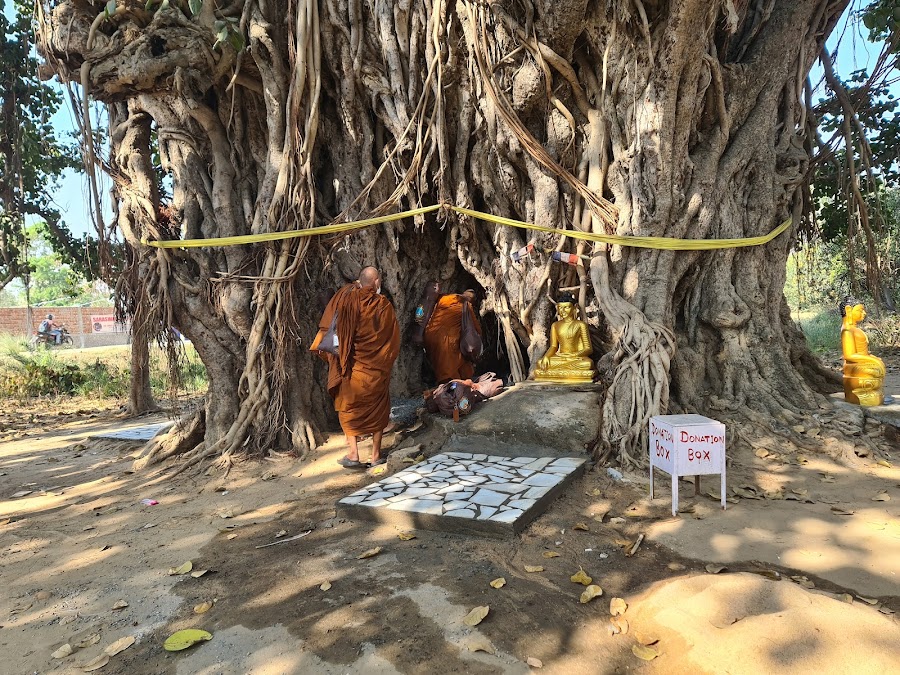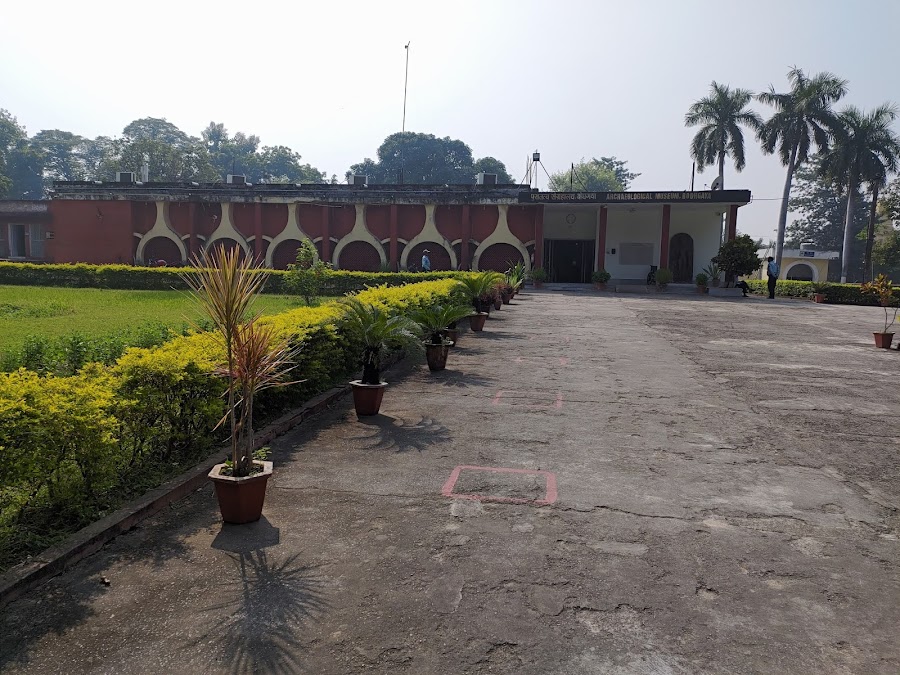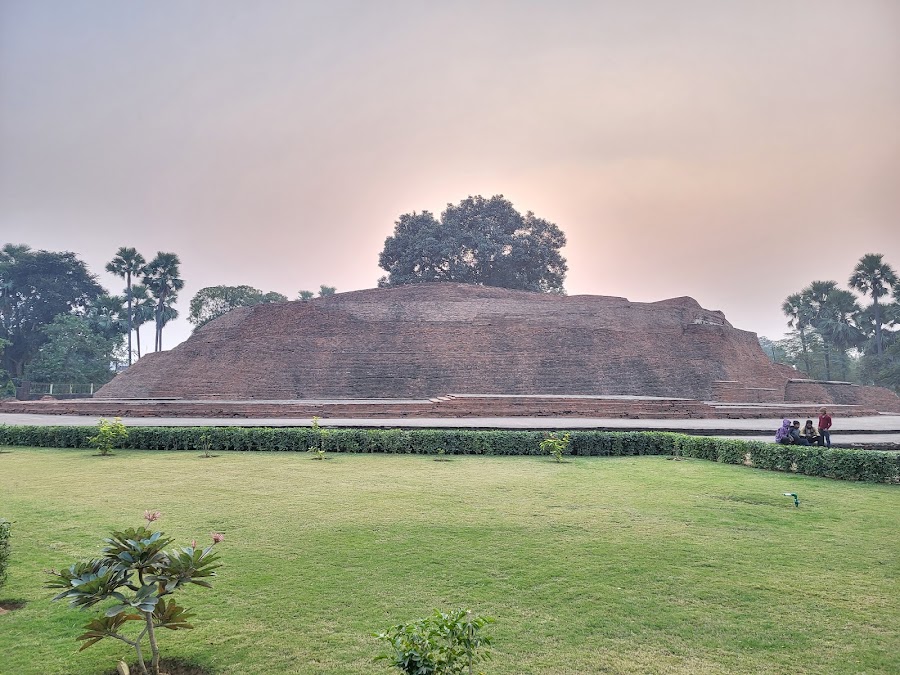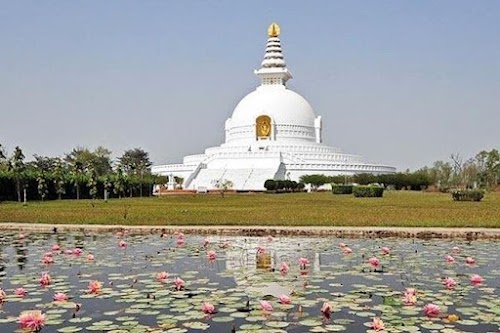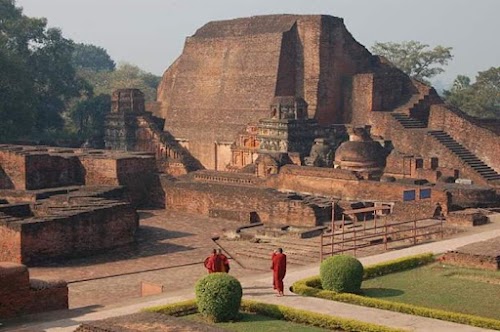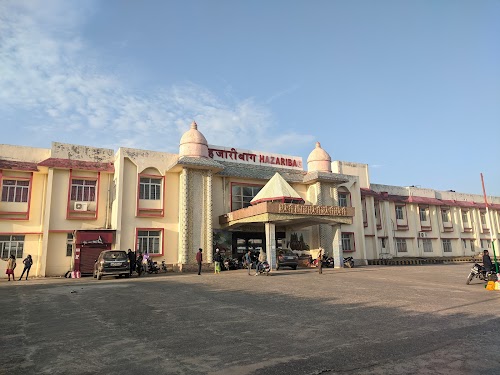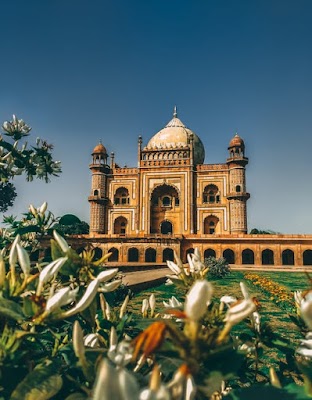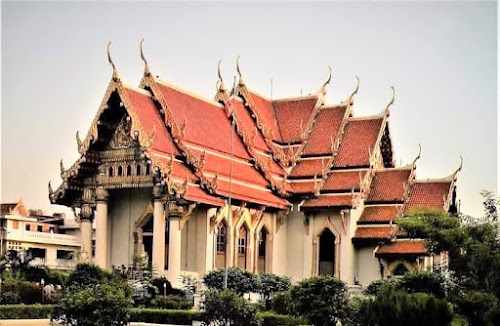
Bodh Gaya, India
Bodh Gaya, a small town in Bihar, is one of the most sacred pilgrimage sites for Buddhists worldwide. It's where Prince Siddhartha Gautama attained enlightenment under the Bodhi tree, becoming the Buddha. The Mahabodhi Temple, a UNESCO World Heritage Site, is the focal point, attracting millions of visitors annually. The town also houses numerous monasteries and temples built by various Buddhist countries, offering a glimpse into diverse Buddhist traditions. Beyond its spiritual significance, Bodh Gaya offers a peaceful atmosphere, ideal for reflection and meditation. It's a place where history, culture, and spirituality converge, making it a unique destination.
Known for:
History:
Bodh Gaya's history is synonymous with the life of Buddha. It was here, under the Bodhi tree, that Siddhartha Gautama attained enlightenment, becoming the Buddha around 530 BCE. The Mahabodhi Temple, built centuries later, marks this sacred spot. Throughout history, Bodh Gaya has been a significant center of Buddhist learning and practice. It has seen periods of prosperity and decline, with various rulers and empires influencing its development. In recent times, it has regained prominence as a major pilgrimage site, drawing devotees and tourists from all corners of the globe. The town's historical significance is deeply intertwined with the growth and spread of Buddhism.
How to reach:
The nearest airport is Gaya Airport (GAY), which has limited domestic connections. The more convenient option is to fly into Patna Airport (PAT), about 120 km away, and then take a taxi or train to Gaya. Gaya Junction is a major railway station with good connectivity to major Indian cities. Regular buses also operate from nearby cities to Bodh Gaya.
Places in Bodh Gaya, India
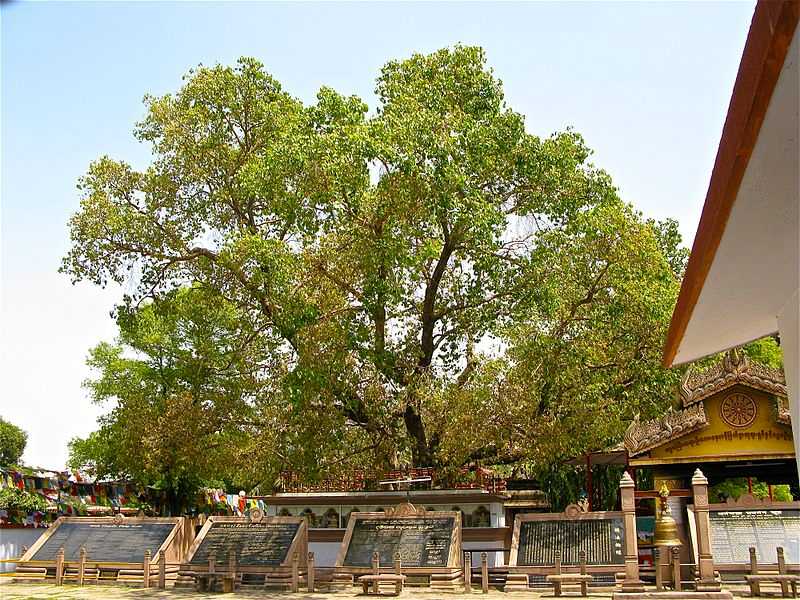
Bodhi Tree
Bodh Gaya, India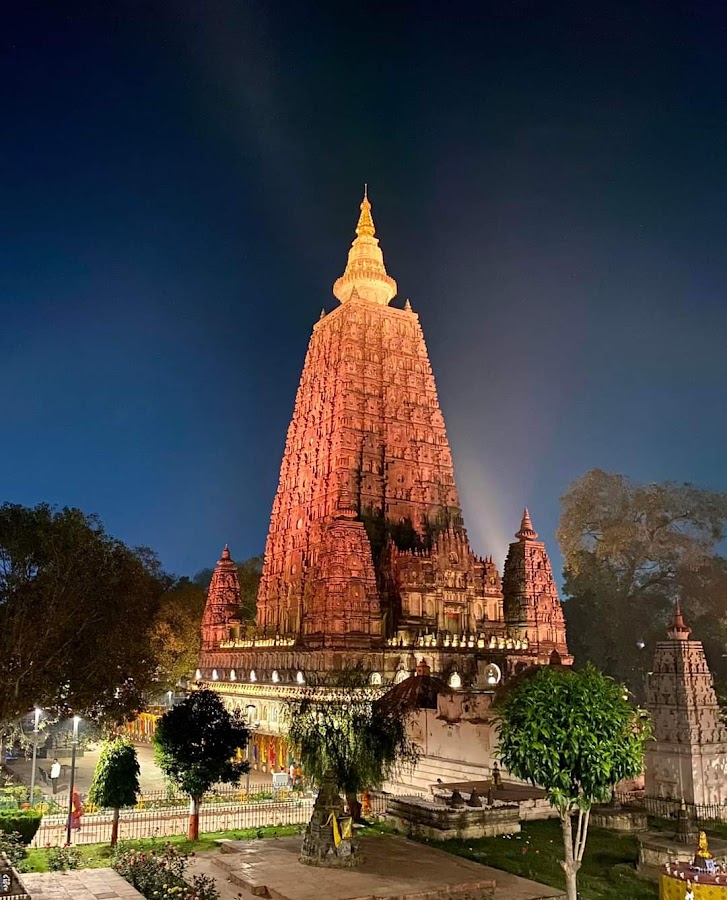
Mahabodhi Temple
Bodh Gaya, India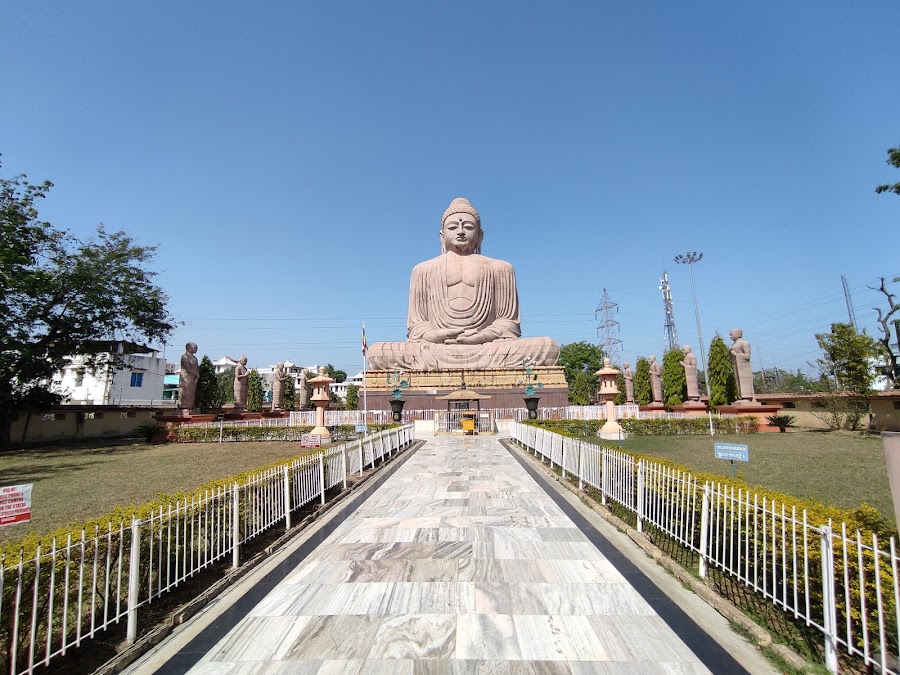
The Great Buddha Statue
Bodh Gaya, India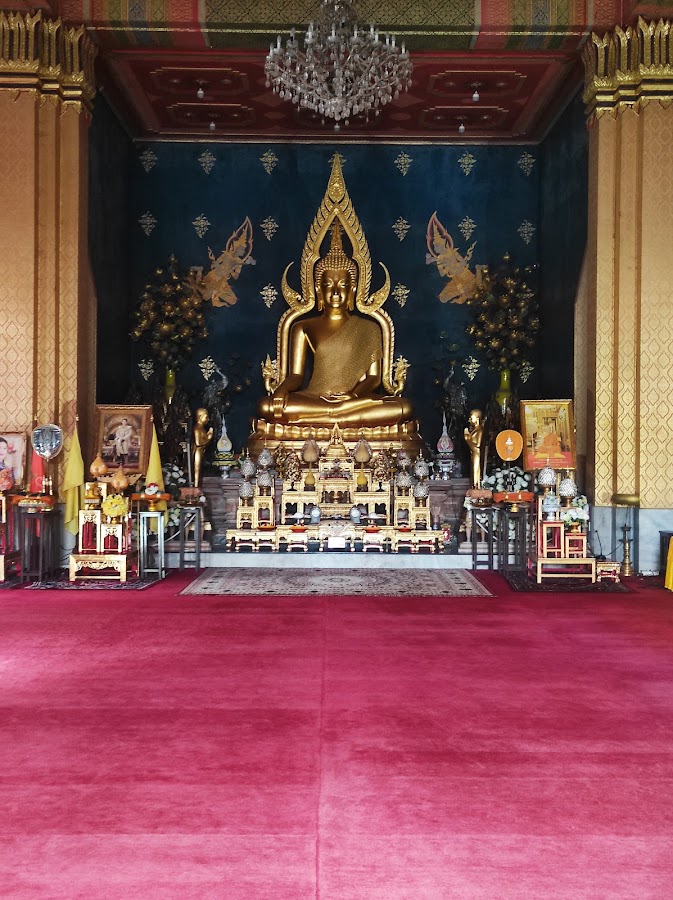
Wat Thai Buddhagaya Temple
Bodh Gaya, India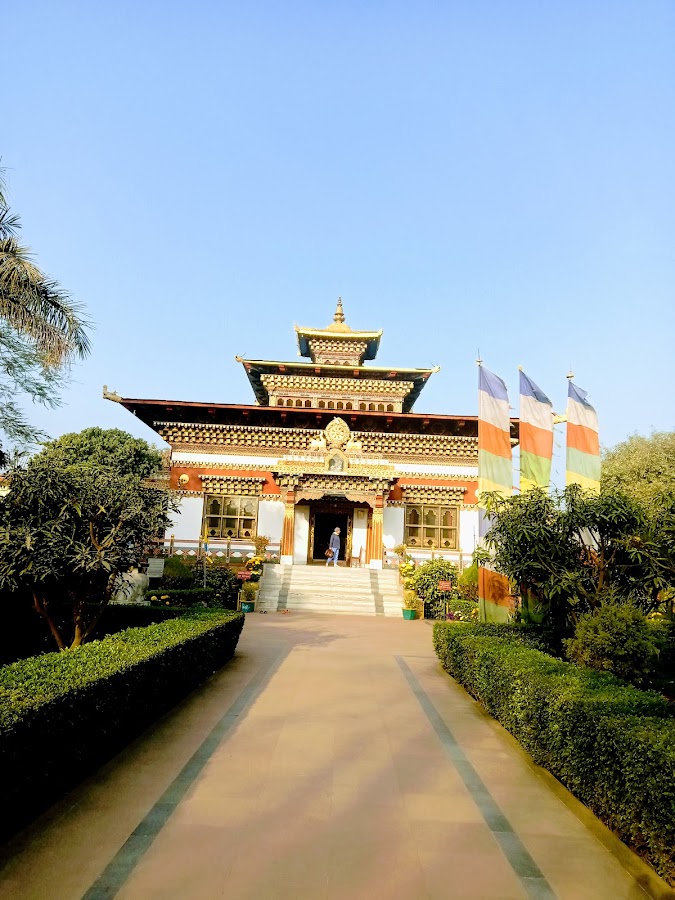
The Royal Bhutanese Monastery
Bodh Gaya, India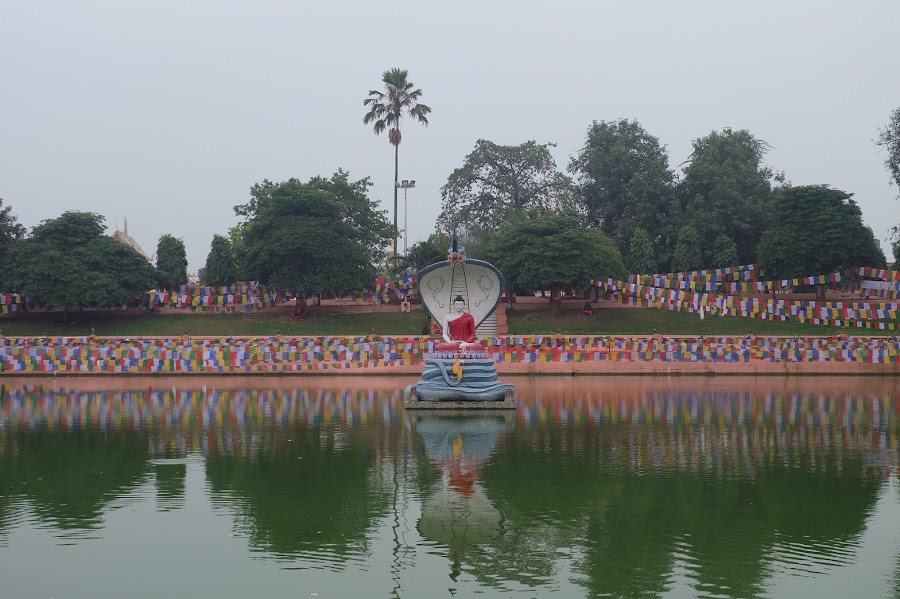
Muchalinda Sarovar Holy Pond
Bodh Gaya, India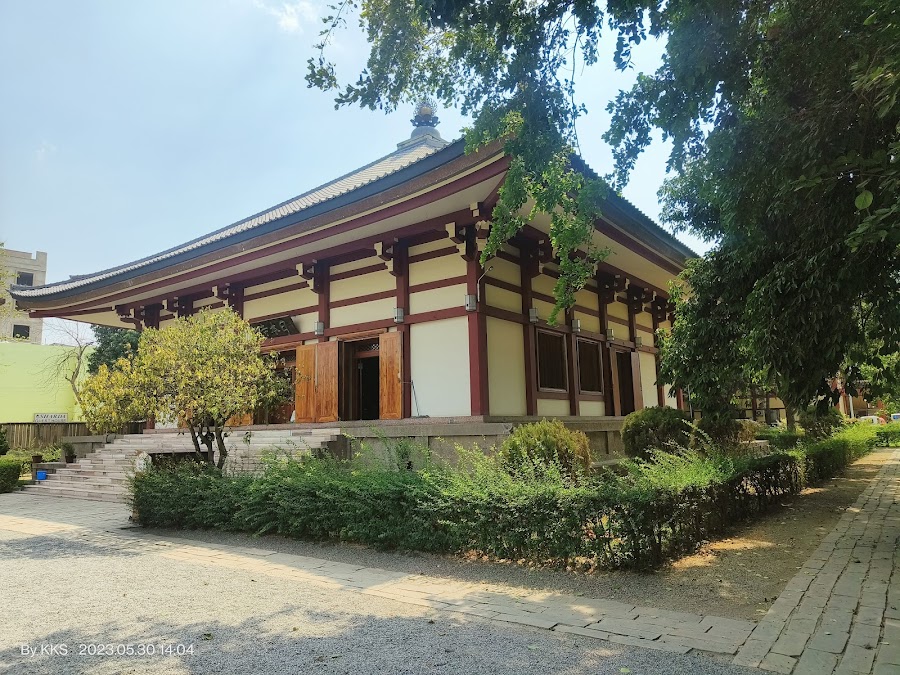
Japanese Temple
Bodh Gaya, India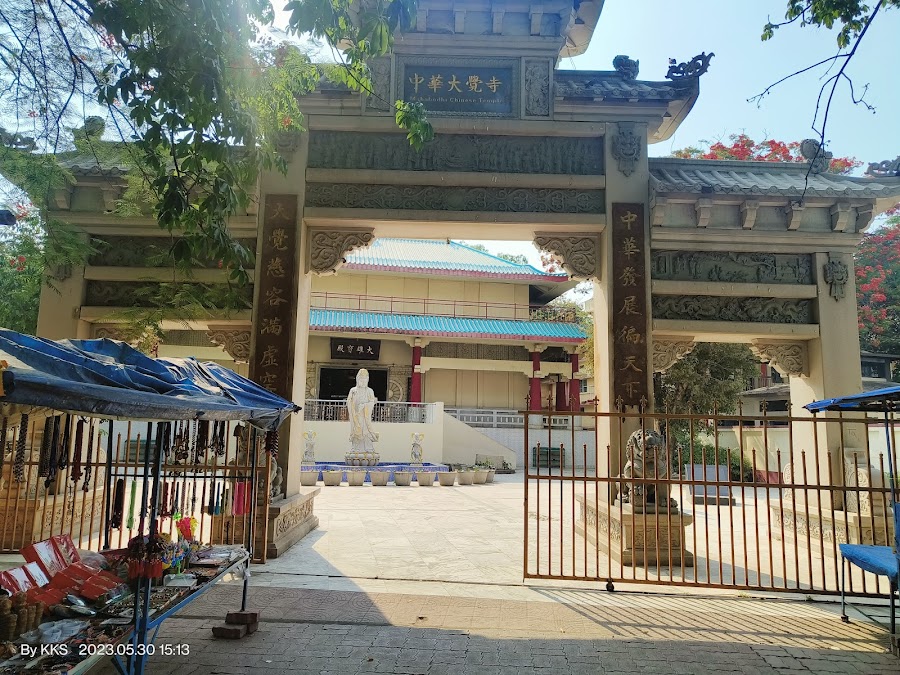
Chinese Temple
Bodh Gaya, India